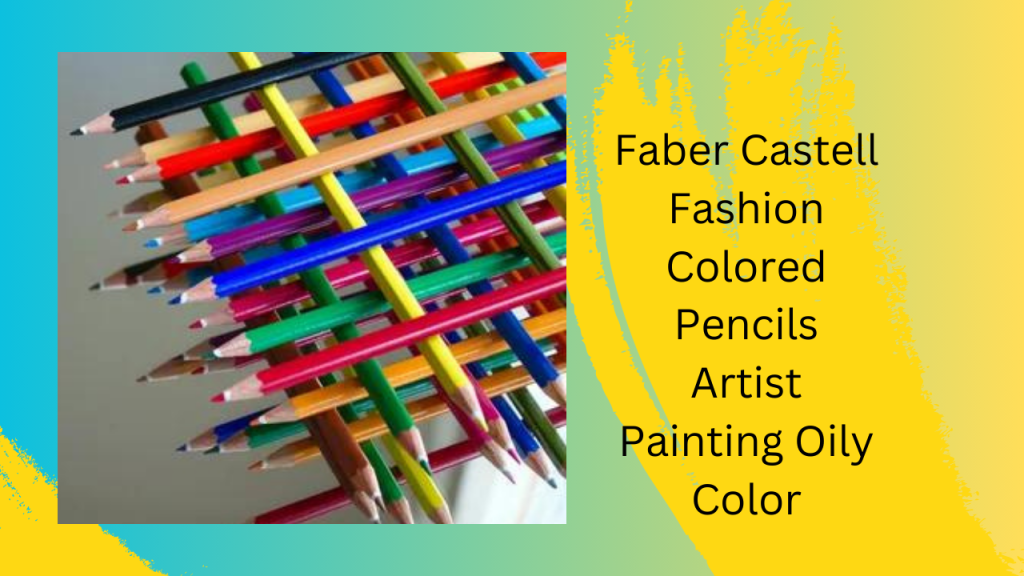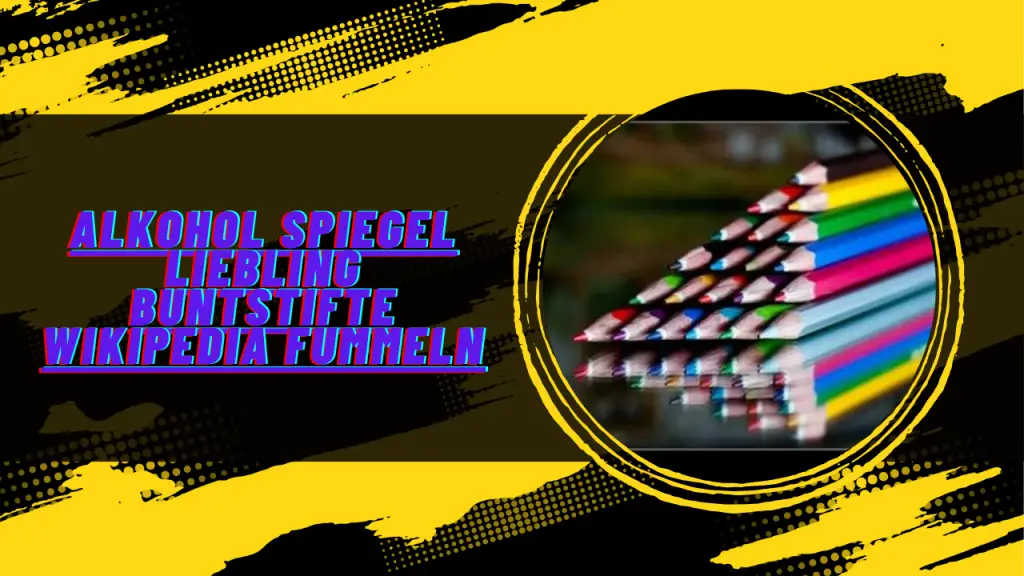BAY LAUREL Turkish Beach Towel with Travel Bag 39 x 71 Quick Dry Sand Free Lightweight Large Oversized Beach Towel Turkish Towels Light Beach Towel Travel Towels (Blue Green)
$13.95 (as of May 3, 2024 20:41 GMT +00:00 - More infoProduct prices and availability are accurate as of the date/time indicated and are subject to change. Any price and availability information displayed on [relevant Amazon Site(s), as applicable] at the time of purchase will apply to the purchase of this product.)From Novice to Pro: Colored Pencil Techniques
Are you ready to unlock your inner artist and take your colored pencil skills to the next level? Whether you’re a beginner or a seasoned artist looking for fresh inspiration, this guide will walk you through the world of colored pencil techniques, from the basics to the advanced.
Introduction to the World of Colored Pencils
Colored pencils are a versatile and accessible medium for artists of all levels. They offer precise control and vibrant colors, making them a favorite tool for illustrators, fine artists, and hobbyists alike. Let’s dive into the essentials to get you started on your colored pencil journey.
Essential Tools for Colored Pencil Art
Before you begin creating masterpieces, you’ll need the right tools. Investing in quality supplies is crucial for achieving professional results. Here’s what you’ll need:
- Colored Pencils: Start with a basic set of artist-grade colored pencils, and expand your collection over time.
- Paper: Choose a heavy-weight, acid-free paper specifically designed for colored pencils.
- Blending Tools: Tortillons, blending stumps, or even cotton swabs are handy for achieving smooth transitions.
- Erasers: Have a kneaded eraser and a white vinyl eraser on hand for corrections.
- Sharpener: A good quality sharpener keeps your pencils ready for action.
- Fixative Spray: This helps protect your finished work from smudging.
Getting Started: Basic Colored Pencil Techniques

Layering and Blending
Begin by practicing basic techniques like layering and blending. Layering involves applying multiple thin layers of color to build depth and intensity. Blending is the art of smoothly transitioning between colors, creating gradients and soft transitions in your artwork.
Shading and Highlighting
Shading adds dimension to your drawings, while highlighting creates contrast and focal points. Mastering these techniques will bring your artwork to life.
Advanced Techniques for Stunning Results
Once you’ve mastered the basics, it’s time to level up your skills with some advanced techniques that will make your artwork stand out.
Burnishing
Burnishing involves applying heavy pressure to blend and smooth colors. It creates a polished, almost glossy effect that can make your art look like a professional print.
Cross-Hatching
Cross-hatching is a classic technique where you create shading and texture by drawing intersecting lines. It’s excellent for adding depth and dimension.
Sgraffito
Sgraffito is a unique technique where you scratch the surface of your colored pencil layers to reveal the paper underneath, creating intricate textures and details.
Watercolor Pencil Magic
Explore the world of watercolor pencils, which can be used dry for traditional coloring or wet for a watercolor painting effect. It’s like having two mediums in one pencil!
Tips and Tricks for Colored Pencil Mastery
Choosing the Right Paper
The right paper can make or break your colored pencil artwork. Experiment with different textures and weights to find what suits your style best.
Color Theory for Artists
Understanding color theory, including concepts like complementary colors and color harmony, can take your artwork to the next level.

Proper Pencil Care
Learn how to care for your colored pencils to keep them in top condition. Sharp pencils and clean tips are essential for precision.
Inspiration and Practice: Projects for Skill Development
Creating Realistic Portraits
Discover techniques for capturing lifelike portraits, from skin tones to intricate details like hair and eyes.
Capturing Vibrant Landscapes
Bring nature to life with landscapes that showcase the beauty of the world around us. Learn how to blend colors for realistic skies and lush landscapes.
Troubleshooting Common Issues
Dealing with Wax Bloom
Wax bloom is a common issue in colored pencil art. Find out how to prevent and remove it to keep your artwork looking fresh.
Fixing Mistakes
We all make mistakes, but they don’t have to ruin your artwork. Learn how to fix errors and make your colored pencil drawings look flawless.
Building Your Colored Pencil Toolkit
Exploring Different Brands
Not all colored pencils are created equal. Explore different brands and find the ones that match your style and preferences.
Investing in Quality Pencils
While you can create stunning art with budget pencils, investing in high-quality pencils can elevate your work even further.

Showcasing Your Art: Framing and Display
DIY Framing Tips
Discover cost-effective ways to frame your colored pencil art and make it ready for display or sale.
Preparing Your Work for Exhibition
If you’re considering exhibiting your art, learn how to prepare it for gallery displays or online showcases.
Online Communities and Resources
Connect with fellow colored pencil enthusiasts online. Join forums, social media groups, and websites dedicated to sharing tips, inspiration, and critiques.
Conclusion
Congratulations on embarking on your journey from novice to pro in the world of colored pencil techniques. With practice, dedication, and the knowledge you’ve gained from this guide, you’ll create stunning artwork that showcases your unique style and creativity.
FAQs
1. How do I prevent my colored pencil drawings from smudging?
- To prevent smudging, use a fixative spray on your finished artwork, and handle it with care. You can also place a clean sheet of paper between your hand and the drawing to minimize contact.
2. Can I use regular paper for colored pencil art?
- While regular paper can work, it’s best to use heavy-weight, acid-free paper designed for colored pencils. This type of paper prevents color bleed-through and allows for better layering.
3. What are the best colored pencil brands for beginners?
- Some popular brands for beginners include Prismacolor, Faber-Castell, and Staedtler. These brands offer quality pencils that are suitable for learners.
**4. How can I fix a mistake if I’ve used too much pressure with my




